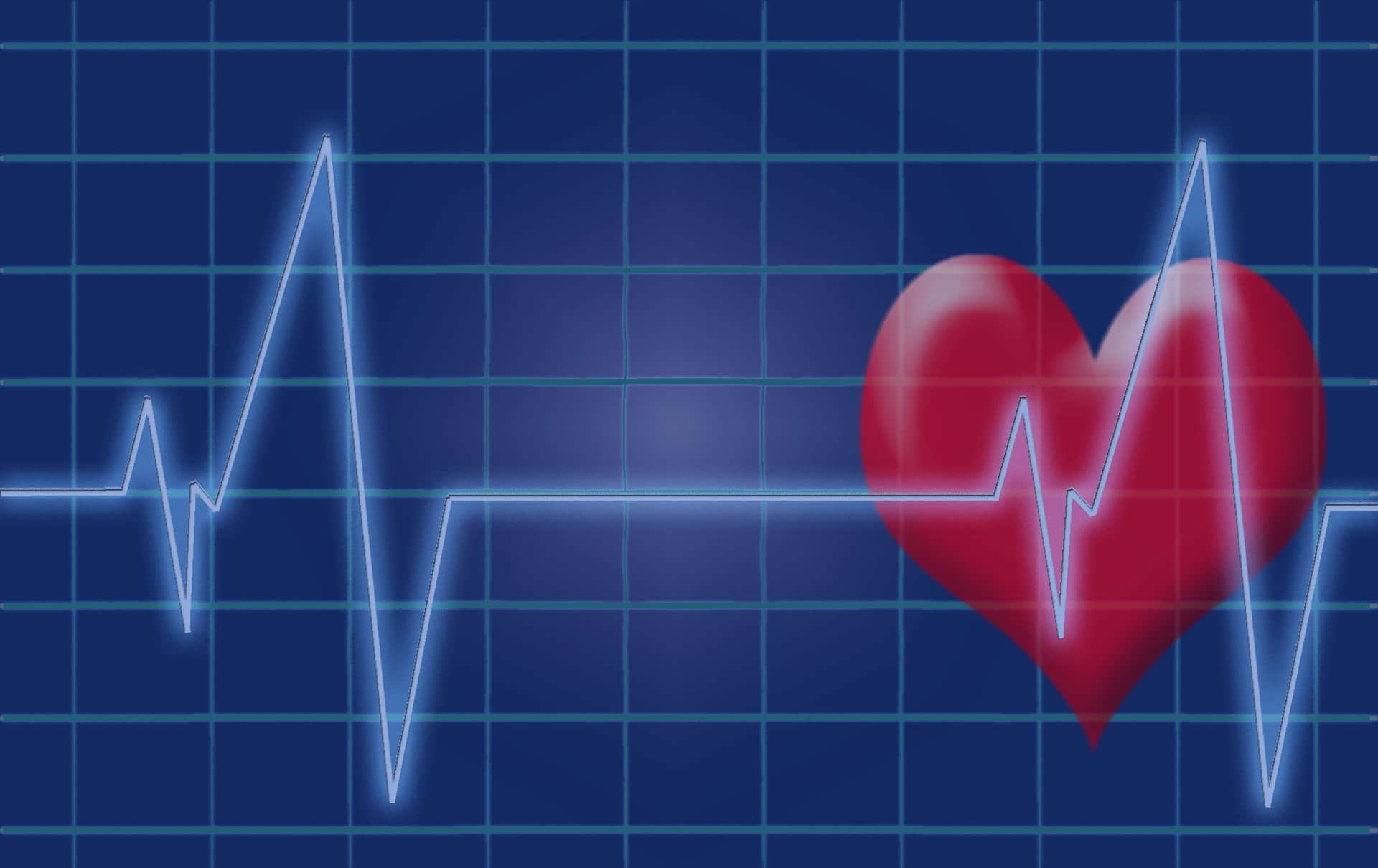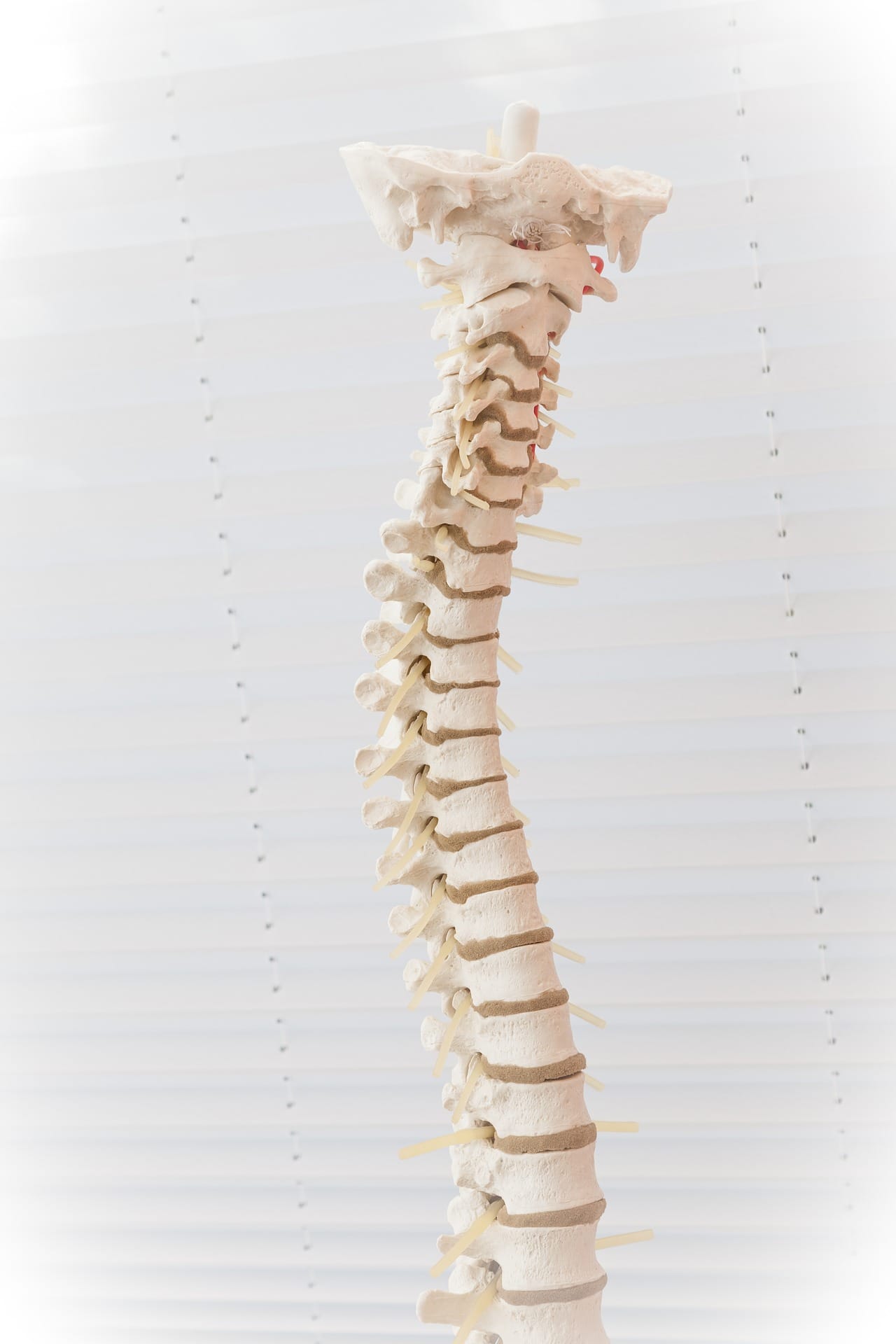
Heart rate variability (HRV) is a parameter not often heard about in clinical practice, yet it has been studied for over a decade as a marker for autonomic nervous system function. Heart rate varies with respiration, a physiologic process controlled by autonomic reflexes and central autonomic input. A decrease in this physiologic variation in heart rate has been associated with impairment in the cardiovascular system’s ability to adapt to various stressors. Abnormalities in HRV have been observed in various populations and pathologies in which the autonomic nervous system has been compromised, and in many cases (such as after acute coronary syndrome or in critically ill neurosurgery patients) can predict mortality and adverse outcomes.
Measurement of HRV is commonly done via time domain analysis and frequency domain analysis of R-R intervals on EKG. Parameters calculated from these spectral analyses infer the functionality of the sympathetic and parasympathetic nervous systems.
Intellewave is an automated cardiac monitoring device that utilizes frequency domain analysis to provide real-time quantitative assessment of HRV. It uses novel artificial intelligence techniques to differentiate between high frequency (HF) and low frequency (LF) components of this spectral analysis. The HF band reflects parasympathetic activity and the LF band represents mixed input from both sympathetic and parasympathetic modulation. Interpretation of the spectral parameters has yet to be well-defined, but is the subject of ongoing study in various populations.
Intellewave’s Nerve Express algorithm was compared to the gold standard CHRONOS algorithms for power spectral analysis of R-R intervals, the latter of which was shown to predict mortality in coronary disease and to quantify physical fitness in athletes. Its advantage over CHRONOS, which relied on Holter monitoring and required skilled technicians, was designed to be a stand-alone automated system that could be used in an office setting.
The applications for HRV in general and Intellewave in particular within the perioperative theater have yet to be closely examined. From pre-operative risk stratification of patients at risk for intraoperative complications due to autonomic dysfunction, to postoperative monitoring and predicting outcomes in an intensive care setting, the possibilities are broad. There exist however confounding factors to the utilization of HRV in practice, for in the very breadth of its potential applications lies its weakness: the autonomic system affects so many variables and is affected by so many pathologies, medications, and stressors that it would be difficult to tease out what exactly is causing a change in HRV and what it could be predicting. Nevertheless, it remains an intriguing forefront of research.

